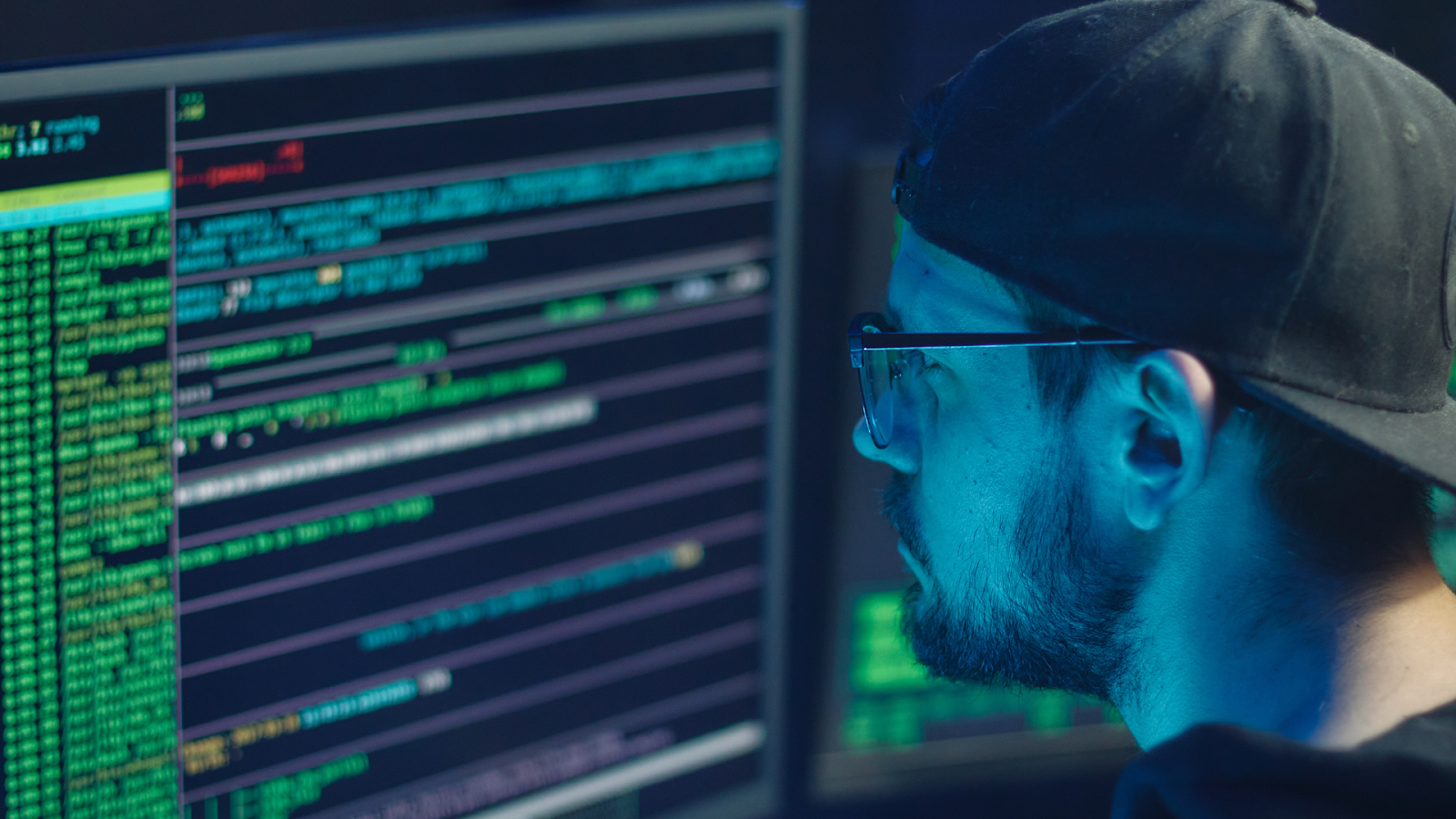Keeping data safe is a big worry for people, big places that sell things, and lands. As tech moves up, so do the ways to hit web crooks and hackers from lands. This has made a new kind of fight called cyber fights, where battles are not with guns and big bangs, but with code and machines. Coders are right in the fight, making things and plans to keep safe against and lower bad hits from the web.
The Job of Writing Programs in Cyber Safe-keeping
One of the most common threats in the cyber realm is the proliferation of malware, including viruses that can hijack a user's search page. For instance, when a user exclaims, delete a redirect virus has taken control of my search page, it underscores the nuanced challenges programmers face in cybersecurity. It shows the fine points coders face in keeping the web safe. They must make smart anti-bug programs, tools to take out bad software, and safe steps to keep users from small risks that can lead to big bad things.
Making safe software needs deep know-how of how bad software works, with the tricks web crooks use to get into systems. Coders must always get better at what they know and can do to be ahead of attackers. This means not just writing code, but also looking at bad software, knowing spots where a net can be weak, and making ways to find and stop risks before they hurt.
Safe Steps and Ways in Web Safety
Good web safety steps are about more than making anti-bug programs. Scrambling data, writing code in a safe way, and putting in place strong net safety steps are all key parts of a full safe plan. Coders have a big part in scrambling data to hide it and making sure apps are free from spots crooks could use.
Writing code in a safe way means following tips that make it hard to have safety holes. Coders must look at their code for spots that could be weak, like SQL push-ins or places for script crossing. Also, using auto tools to check code for holes is now a normal thing in the work, helping to find and fix things before programs start to run.
The Changing Look of Cyber Fights
As tech changes, so do the ways used in cyber fights. Hackers from lands and web crooks keep making new ways to get past safety steps. This has things like smart fish for info schemes, money-grabbing software attacks, and long-lasting threats that stay in nets without being seen.
Coders must keep up with these changing risks by keeping on learning and training. This includes going to web safety meetings, taking part in code races, and doing jobs together that look for new ways to keep safe against web hits. Making smart learning machines and learning ways also gives new paths to make web safety better, letting machines find and answer to risks right away.
Thinking on What's Right in Cyber Fights
Using code in cyber fights brings up big things to think about, about what's right. Making and sending out web weapons, like bugs and worms meant to mess up or break the stuff of an enemy, brings up hard choices. Coders who make these tools must think of the extra hurt and what it means to use them in a fight.
Also, keeping safe against web hits often includes watching and studying net traffic, making people worry about being private and the chance for wrong use. Coding in a right way needs to balance between making things safer and keeping rights and being free.
Finally
The time of online battles has changed the look of fights, putting coders in the middle of the push for web safety. The part of code in keeping against and lowering the hit of web attacks is key now more than ever. As cyber fights keep changing, we need more coders who can handle the twists of web safety, stick to what's right, and make new ways to keep safe against web risks. The push for web safety keeps going, with code as both the tool and shield in our online days.
